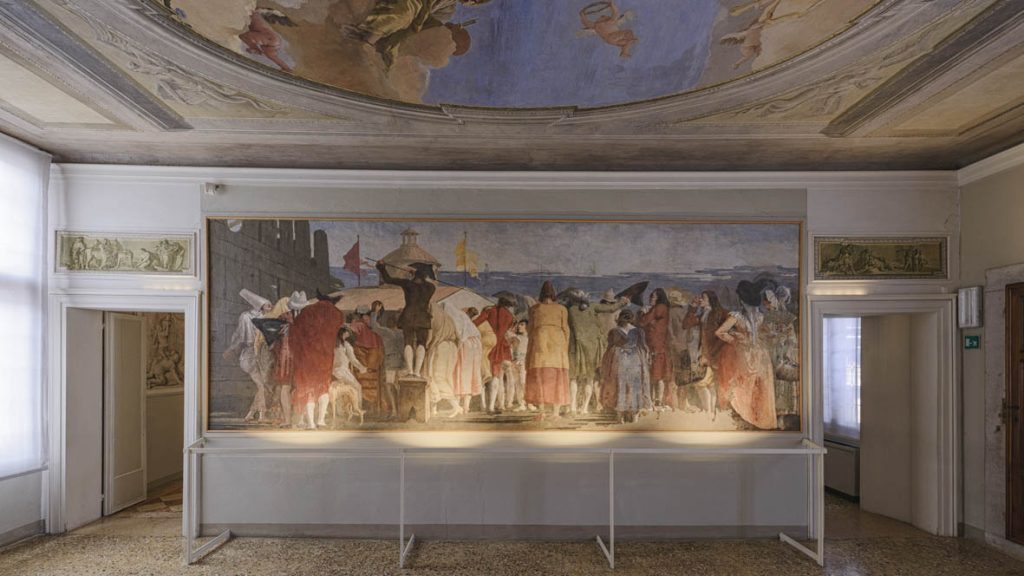
After the exceptional high tide of November 2019 severely compromised its ground floor the Palace on the Canal Grande is back to its splendour.
The eighteenth century, a century of great contradictions in Venice, left an indelible, shining mark on the city, a palace that has became the manifesto of that time due to its incredible testimony: Ca’ Rezzonico, the Museum of 18th-century Venice. The exceptional high tide of November 2019 severely compromised the ground floor of Ca’ Rezzonico, resulting in the closure of the museum and the subsequent necessary restoration work. A significant aspect of the renovation is the technological upgrade of the lighting on the first and third floors. All the halogen lighting fixtures in the exhibition halls have been replaced with new LED lights, not only improving the presentation of the exhibited works but also adhering to energy-saving parameters while maintaining the magical atmosphere of the museum.

To enhance the visitor experience and ensure better usability of the museum, interventions have been made on the ground floor. High-quality standards were employed in designing new spaces dedicated to teaching, alongside the simultaneous redevelopment of the bathrooms, ticket office, and bookshop. Additionally, certain areas of the garden have been rearranged to include inclusive games. Notably, a new cafeteria accessible directly from the wooden bridge over the Grand Canal has been created, offering a magical new space for visitors. The restoration of the museum’s ground floor was made possible through a generous donation of 450 thousand euros from Coop Italia, disbursed through the ArtBonus system. Regarding the visit itinerary, the reopening presents an unmissable opportunity to admire both the “old” masterpieces, such as the Ballroom’s ceiling and the renowned fresco by Giandomenico Tiepolo, known as the Mondo Novo, as well as the “new” artworks from recent deposits and acquisitions donated by private individuals.

The dark hour of Ca’ Rezzonico was thus transformed into a dazzling light, allowing for the rewriting of a new chapter in the history of the building. The renovation of the lighting on the first and third floors is a significant achievement, implemented with energy-saving parameters while respecting the magical atmosphere of an environmental museum. The interventions also extended to the ground floor, where new spaces for teaching have been created. The bathrooms, ticket office, and bookshop have undergone simultaneous redevelopment. Additionally, certain areas of the garden have been rearranged, providing a space for children to play, drawing inspiration from the works exhibited in the museum. These areas are now freely accessible to all citizens, along with the ground floor and the new cafeteria, which can be directly accessed from the wooden bridge on the Grand Canal.

Featured image: Giandomenico Tiepolo, Il Mondo Novo, Ca’ Rezzonico, Courtesy Fondazione Musei Civici di Venezia, ph: Andrea Avezzù